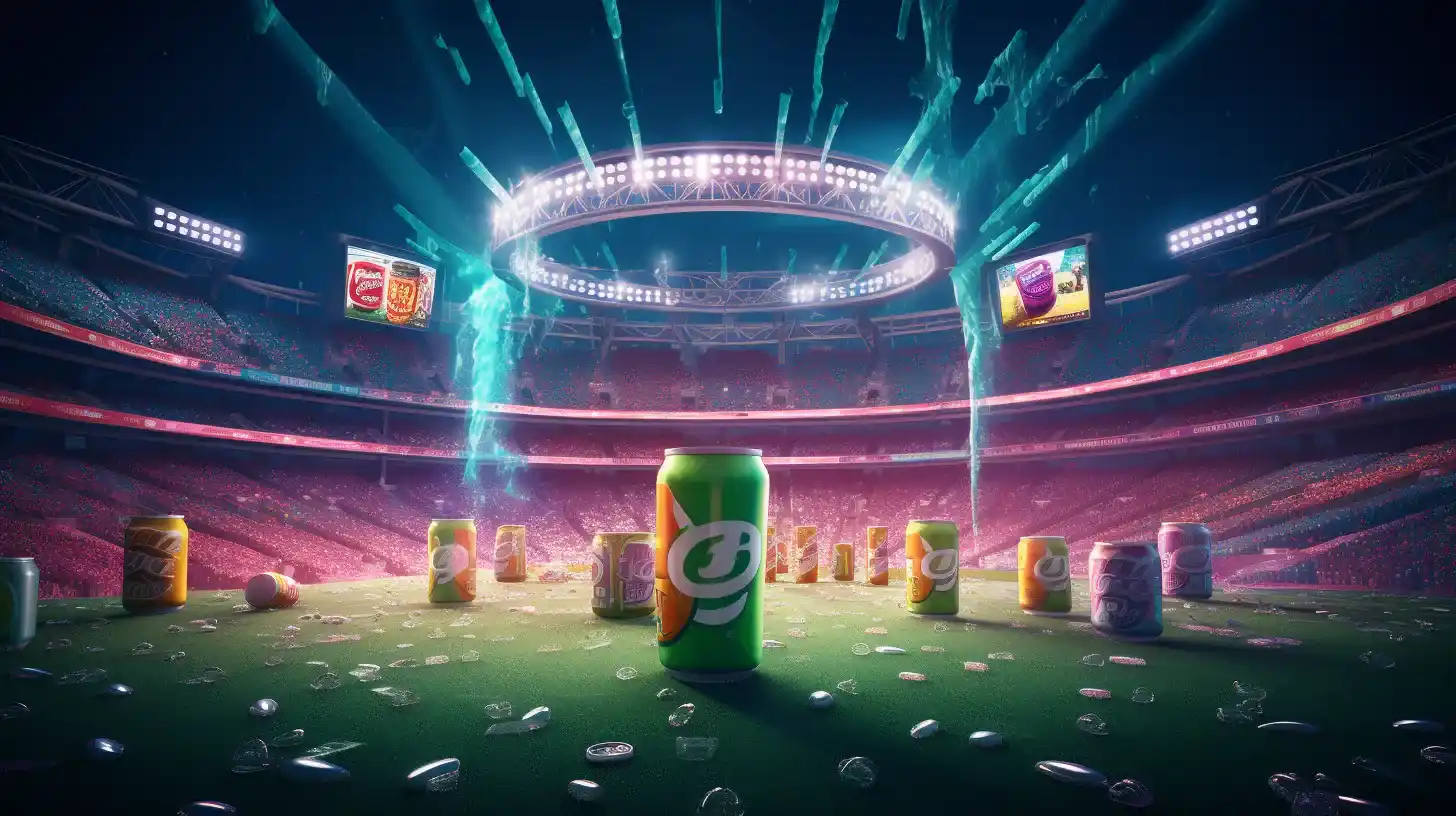Table of Contents
How Super Bowl made an AI commercial for Tom’s Soda in 20 seconds
The Super Bowl is not only a huge sports event, but also a showcase of creativity and innovation in advertising. Companies spend millions of dollars to launch new products and services in 30-second spots that capture the attention of millions of viewers.
This year, Microsoft is running its first Super Bowl ad in four years, featuring its Copilot AI chatbot. Inspired by this, the creator wondered if he could use AI commercial tools to make a commercial for a fictional product, in just 20 seconds.
The product: Tom’s Soda
The product Super Bowl chose to advertise is Tom’s Soda, a vanilla and blueberry-flavored drink with added caffeine. It’s a product of Tom’s Guide, the website where I work as a journalist. Of course, this is just a hypothetical product, and we have no plans to air this ad during the Super Bowl.
The first step was to design the product packaging. Super Bowl wanted it to have a technology theme and use blue as the main color. It also wanted the can to say “Tom’s Soda” clearly.

Super Bowl used MidJourney, an AI image generator, to create some product images based on my description. The creator tried other AI commercial tools, such as DALL-E 3, Google’s Imagen 2, and Ideogram, but MidJourney gave the best results.
Super Bowl shared some of the images with my colleagues on Slack, and we agreed on a bright, electric blue can of soda that looked stunning.
The concept: Dancing robots
The next step was to come up with a concept for the AI commercial. Super Bowl is not an advertising professional, so It needed some help from ChatGPT, an AI chatbot that can brainstorm ideas.
Super Bowl told ChatGPT the name of the drink, the flavors, and the tech theme, and showed it the image of the can. It suggested a scenario where a robot hand picks up a can from a vending machine in a dark room full of technology and then gives it to a tired office worker who drinks it and feels energized.
That sounded cool, but it was too complicated to animate with the AI commercial tools available. So the creator decided to go for a simpler approach and use MidJourney again to create some related images.
Super Bowl used the original image of the can and added some keywords like football, AI, and advanced technology. MidJourney generated a series of fun, bright, and colorful images that featured robots, football fields, and the can.
Super Bowl then used Leonardo.ai and Pika Labs, two AI tools that can animate images, to see how they would move the images created by MidJourney. The animations gave me the idea of dancing robots.w
Super Bowl used MidJourney’s Vary (region) tool to place the can on different parts of the football field and created a zoom effect with Pika Labs. The creator then selected a clip of a robot drinking Tom’s Soda, three clips of dancing robots, and a logo.

The jingle: Fuel your day. Ignite your night.
The final step was to create a jingle for the commercial. Super Bowl used Suno, an AI music generator, to make a catchy and upbeat tune for Tom’s Soda. the creator also used ChatGPT to write some lyrics for the jingle.
The creator realized he needed a logo for the drink, so he went back to MidJourney, DALL-E 3, and Ideogram to generate some logo images. None of them were perfect, but then he chose one from DALL-E 3 that fit the requirements.
It found a 20-second segment from the music that he liked and used ChatGPT to write a slogan for the drink: “Fuel your day. Ignite your night.” he used ElevenLabs, an AI voice generator, to record the slogan and added it to the end of the music.
It then used iMovie to edit the video, starting with a shot of the football field, then the can zoom in, the robot drinking, the dancing robots, and the logo.
The result: An AI commercial for Tom’s Soda
The result was a 20-second commercial for Tom’s Soda, made entirely with AI tools. It was not as easy as Super Bowl hoped, and he thought it could be improved with some human input and editing. But it was a fun and interesting experiment, and I learned a lot about the capabilities and limitations of AI tools.





